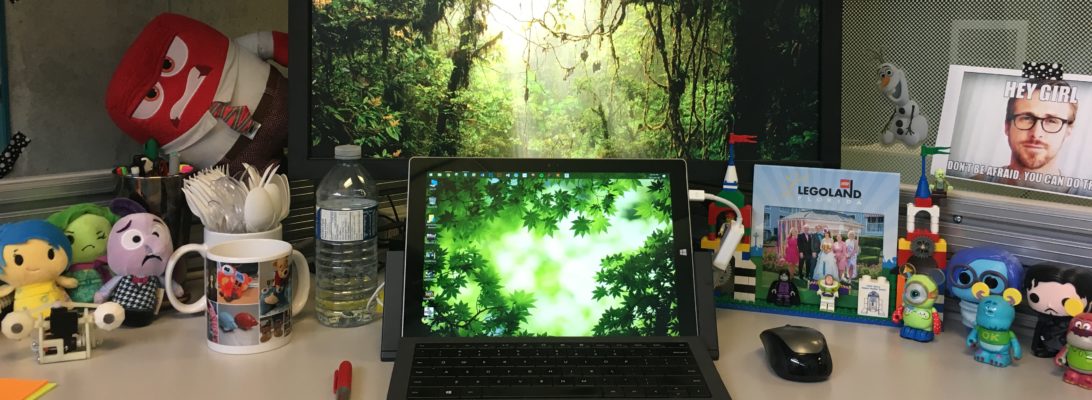Our animatronic moose built from LEGO and Servo Motors!
Along with a number of prototypes, we also ran a Mechanical Turk study to gather information about the objects people have in their living rooms and how they interact (or as it turned out, ignore) these objects. We also synthesized the survey results, prototypes, and construction lessons into a Haunted Design Framework that can be used to develop or re-imagine interfaces for the home.
A quick video illustrating some of the ideas and prototypes:
Abstract:
Within this work, a novel metaphor, haunted design, is explored to challenge the definitions of display’ used today. Haunted design draws inspiration and vision from some of the most multi-modal and sensory diverse experiences that have been reported, the paranormal and hauntings. By synthesizing and deconstructing such phenomena, four novel opportunities to direct display design were uncovered, e.g., intensity, familiarly, tangibility, and shareability. A large scale design probe, The Living Room, guided the ideation and prototyping of design concepts that exemplify facets of haunted design. By combining the opportunities, design concepts, and survey responses, a framework highlighting the importance of objects, their behavior, and the resulting phenomena to haunted design was developed. Given its emphasis on the odd and unusual, the haunted design metaphor should great spur conversation and alternative directions for future display-based user experiences.




 Wedding Menu pre-MoveableMaker
Wedding Menu pre-MoveableMaker
